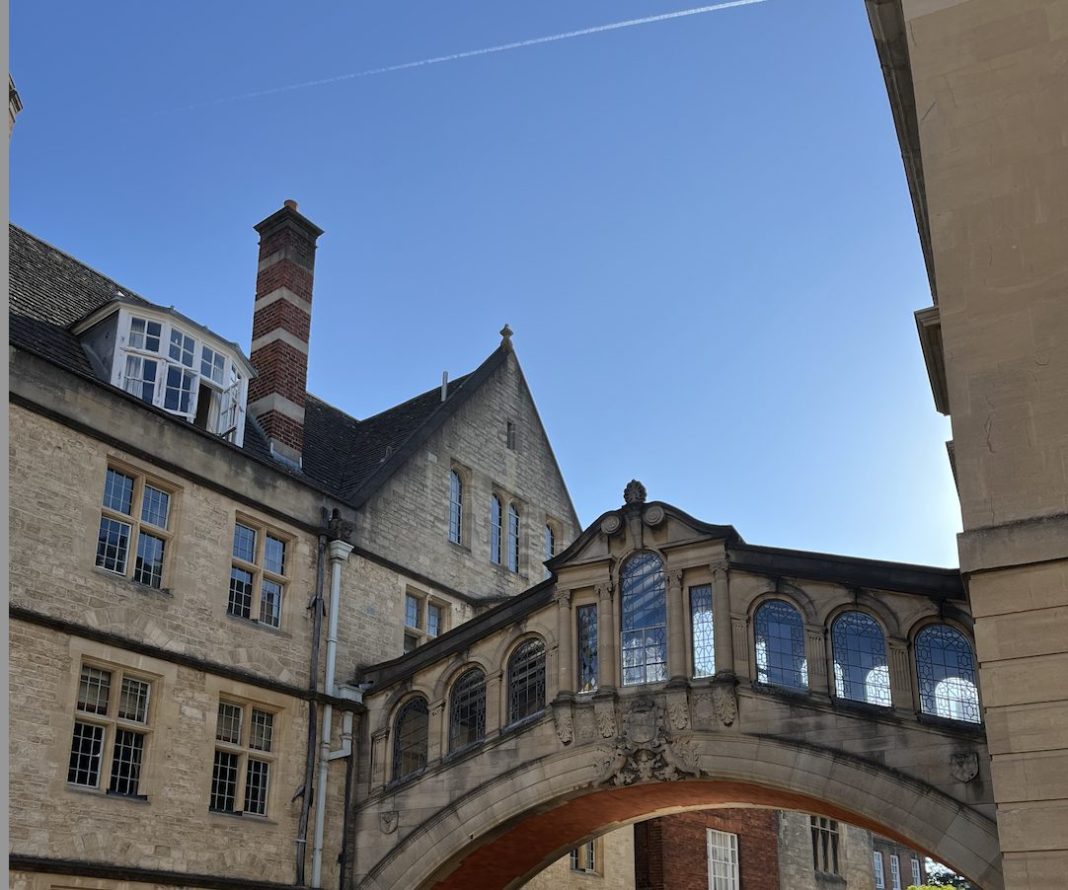Oxford’s latest admissions report reveals that over 20% of British students admitted come from disadvantaged backgrounds, however, the proportion of students coming from state schools has fallen for the past three years.
While the number of applicants from state schools has increased over the past five years, the proportion of these students, who are admitted into Oxford University, has been falling since 2019. In 2023, this proportion of state-educated students was 67.6%, a decrease from the high of 68.6% in 2020. This figure is not equal across the colleges and Pembroke College has the lowest proportion of students from state schools at 57% while Mansfield College has the highest figure of 94%.
The overall intake continues to under-represent students from state schools. Comparison between the number of state school students who are admitted into Oxford and the proportion of state school students achieving AAA or better at A-level, reveals a 12% discrepancy. Indeed, while the number of offers to state school students has increased, the amount actually admitted has fallen.
A spokesperson from Oxford University told Cherwell: “Oxford embraces students from all school types and is committed to attracting students with the highest academic potential, from a diverse range of backgrounds. The proportion of UK undergraduates from state schools has risen considerably in recent years, from 60.5% in 2018 to 67.6% in 2023. This figure can be affected by a number of factors, including the number of applicants who successfully meet the conditions of their offer.”
Students from socio-economic disadvantaged backgrounds and areas with low progression to higher education have also decreased from a peak in 2021. The University told Cherwell: “Oxford remains committed to ensuring that our undergraduate student body reflects the diversity of the UK and that we continue to attract students with the highest academic potential, from all backgrounds.”
The spokesperson added: “The past few years have been challenging, with students, particularly those from socioeconomically disadvantaged groups, continuing to feel the impact of Covid-19 and the cost of living crisis” and drew attention to the new Access and Participation Plan, set to be published later this year, that “will provide a renewed focus in attracting and supporting students who are under-represented at Oxford.”
The proportion of students eligible for free school meals has increased to 7.6% in 2023 from 5.3% in 2021. Vice-Chancellor Irene Tracey has credited the Crankstart programme for increasing the figures. She stated: “Oxford offers one of the most generous support packages available to undergraduate UK students to ensure finance is not a barrier to study here, providing over £9.5 million of financial support to those from lower-income households. Around 1 in 4 of our UK undergraduates currently receives an annual, non-repayable bursary of up to £5,800.”
Figures on ethnicity in the admissions report also shows that the percentage of UK-domiciled Black and Ethnic Minority (BME) students has increased by nearly 7% from 2019, rising to 28.8% of students admitted in 2023. From 2021 to 2023, over 50% of medicine students admitted identified as BME.
Oxford University identifies Bangladeshi and Pakistani students as being underrepresented at highly selective universities, and has seen a rise from 2.1% of students admitted coming from these backgrounds to 3%. This compares to the 5% of students achieving AAA or better at A-level, who come from Bangladeshi or Pakistani backgrounds.
Applications from EU-domiciled students have fallen significantly in the past five years, dropping from 12% in 2019 to 6.8% in 2023. The majority of international students come from China, Singapore and the United States. Students from London and the South East make up nearly half of British students admitted, with the lowest proportions coming from Scotland, Northern Ireland and the North East. The report states: “UK-domiciled students are substantially more likely to receive an offer.” They make up 63% of applicants but nearly 80% of the students admitted.
Irene Tracey has said: “We remain committed to ensuring that we attract and admit students with the highest academic potential from all backgrounds, and that our student body reflects the diversity of the UK and embraces students attending all types of schools.”


